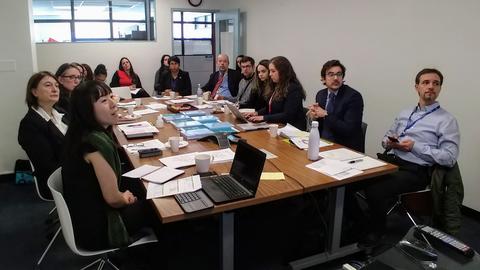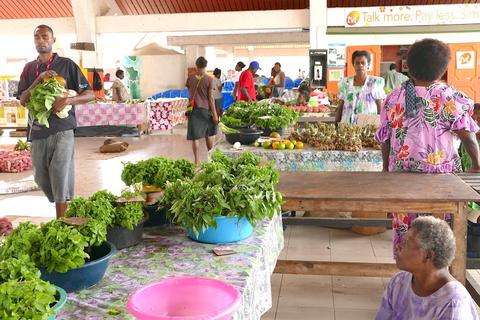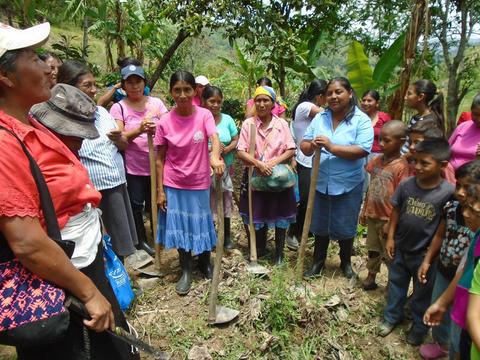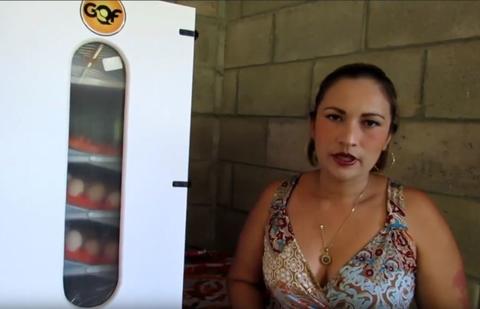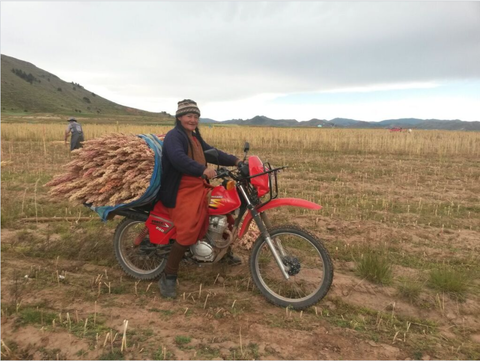December 24, 2014
Heading 2015: A transition to the Sustainable Development Goal Fund
By Bruno Moro, former Sustainable Development Goals Fund director
In 2015, the Millennium Development goals (MDGs), which have guided the development cooperation for the past decade, are to become the Sustainable Development Goals (SDGs). They share many of the same characteristics as the MDGs; however, as global consultations on the Post 2015 agenda are showing us, the SDGs will go beyond being the second generation of MDGs. They will be much more ambitious, and will recognize that sustainable development requires integrated and effective responses.
The MDG Achievement Fund (www.mdgfund.org) represented one of the strongest commitments in achieving the MDGs on a global scale. With 130 joint programs in 50 countries, 9 million people improved their lives through initiatives in food security, access to clean water and sanitation, private sector development, adaptation to climate change, and gender equality among many others.
Looking back, we have learned that what made the MDG Fund so powerful was its ability to incorporate, in a single mechanism, three paths that the international community was taking at the time: The Paris Declaration and its subsequent Accra and Busan agreements, to improve the effectiveness of international aid through greater national ownership; the Delivering as One process aimed at promoting the joint work of various UN Agencies; and the promise of poverty reduction that inspired the Millennium Declaration.
Representatives from national and local governments, civil society organizations, and academia, all partners of the MDG Fund from various regions of the globe, have expressed to us many times how the MGD Fund led them to work differently for the very first time. For them, eradication of poverty can only be achieved through integrated and long term initiatives that are aligned with the priorities of governments, communities, and individuals.
A great example of this is food security. Our food security programs, implemented in 25 countries, improved the nutritional situation of 5 million people because they combined local and national plans agreed upon through a participatory process, worked with the education system, improved systems of agricultural production, created new revenue generating opportunities in the rural agricultural sector, especially for women, and were articulated with the health sector.
It is for these reasons that we appreciate the commitment and trust of the government of Spain to continue this path with a novel mechanism, The SDG Fund, which will support the transition towards a new Post 2015 development agenda. There is much that we have learned throughout this process, and the people who have participated in it have insisted that this is the path to follow. The new development agenda that is being forged requires ensuring that development programmes are sustainable in the long run. To accomplish this, our programmes will incorporate a gender perspective and environmental sustainability - and will more actively involve the private sector.
We begin this new phase with one clear vision: to take advantage of this experience, as well as the the knowledge and mandates of the different UN agencies, to improve the lives of those who need it most. A world of sustainable development is demanding us to do so.

